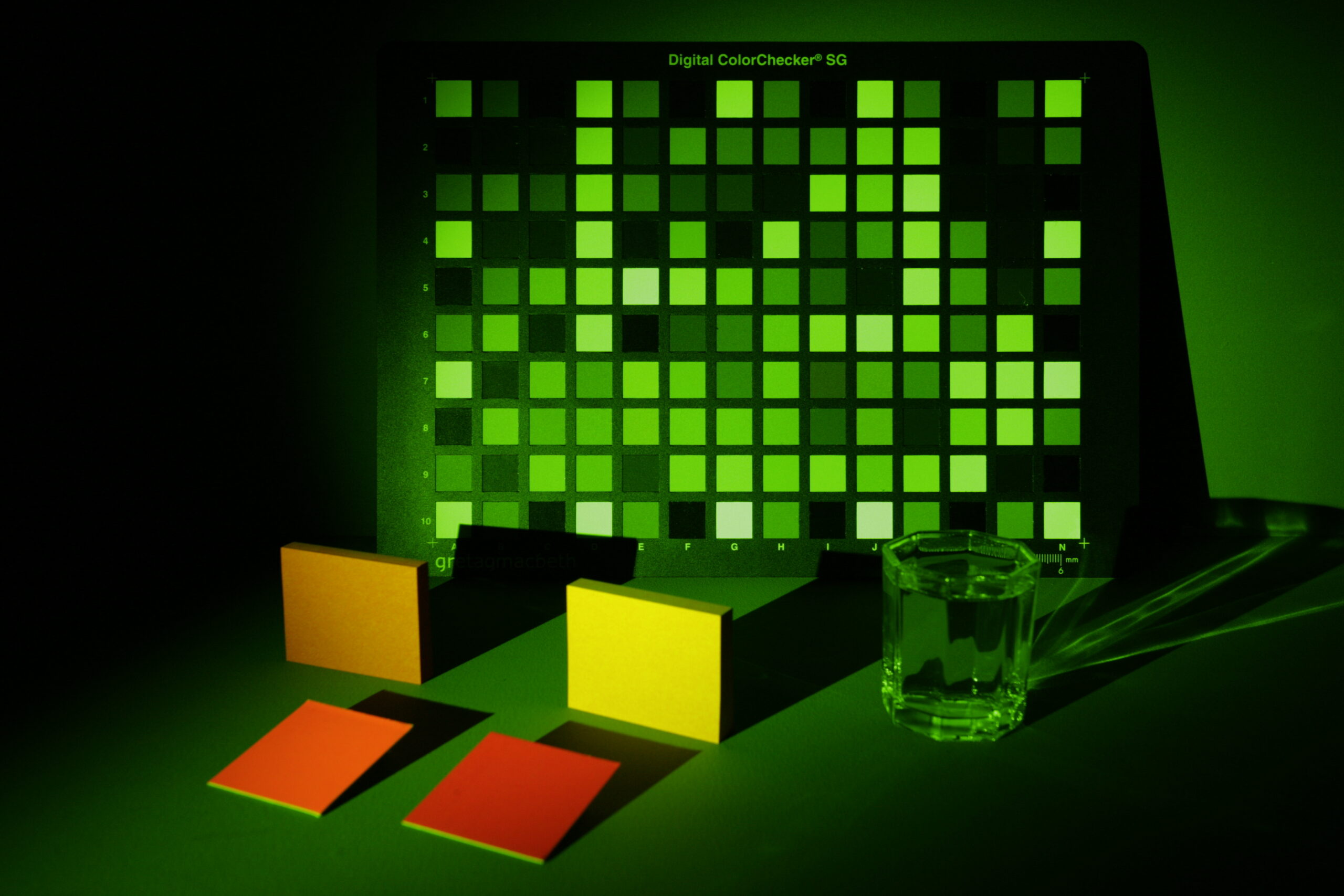Generally speaking, Appearance Fabrication tries to physically reproduce the appearance of objects according to a virtual input specification. Today, we are using colour 3D printing technology to fabricate objects that have been designed digitally or were 3D scanned.
The challenge is that 3D printers are less capable to express colour, gloss, transparency and other appearance cues, than one can design and display with modern computer workflows. Very similar to 2D printing, one has to carefully prepare the printer input to work around the hardware limitations.



